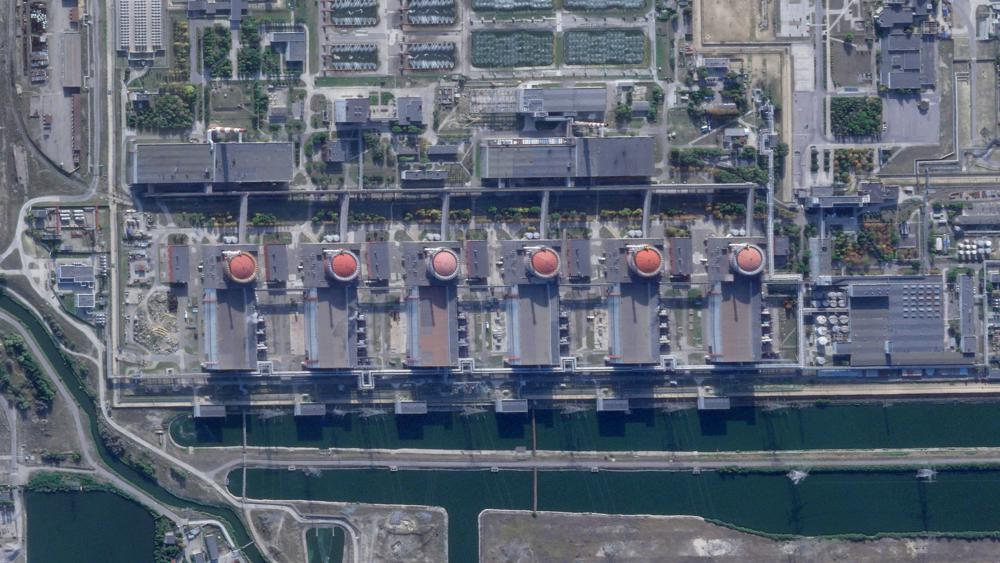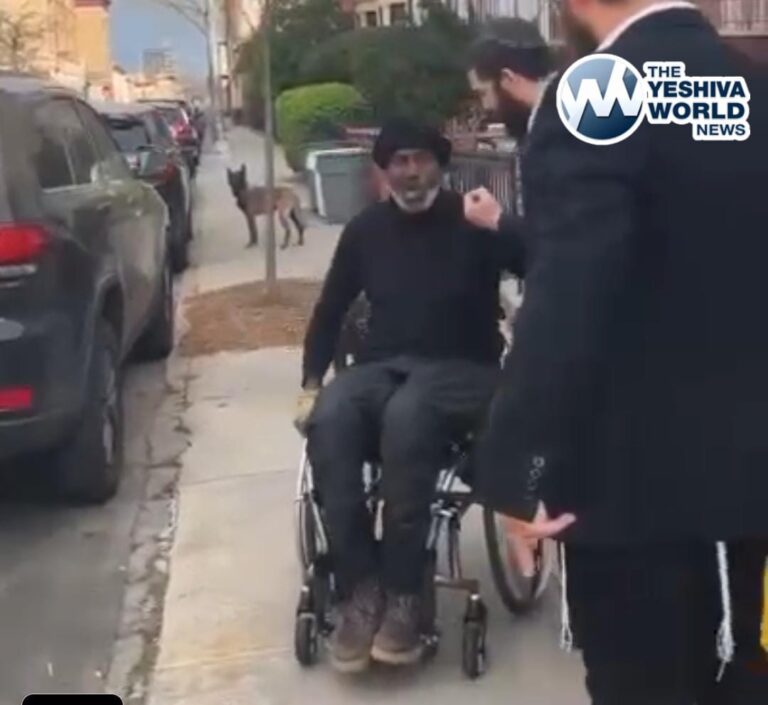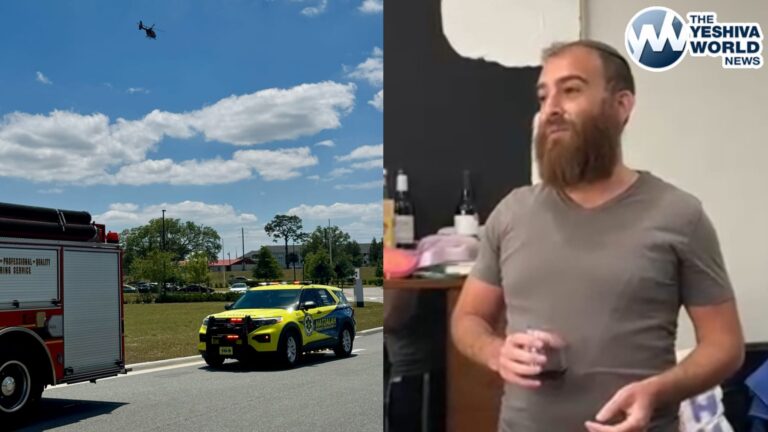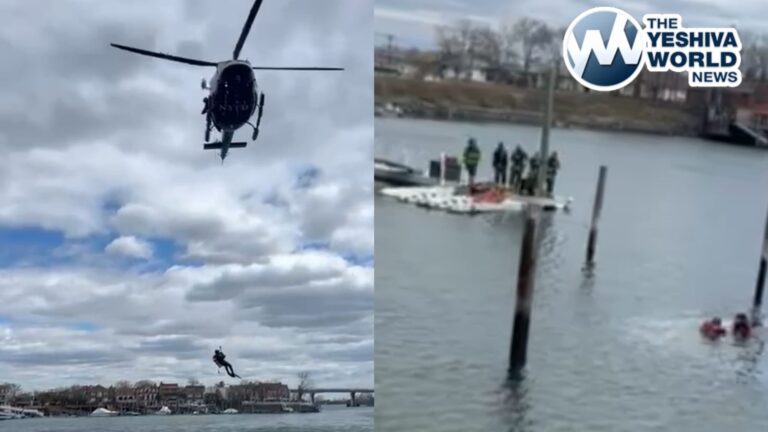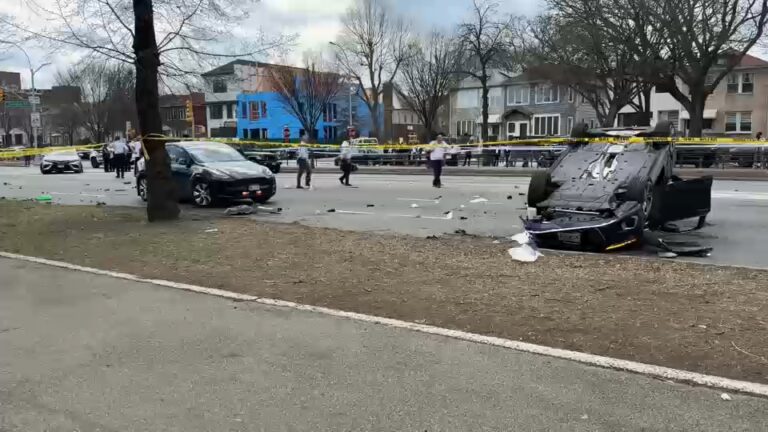A U.N. nuclear watchdog team set off on an urgent mission Monday to safeguard the Russian-occupied Zaporizhzhia atomic power plant at the heart of fighting in Ukraine, a long-awaited trip the world hopes will help avoid a radioactive catastrophe.
The stakes couldn’t be higher for the group of International Atomic Energy Agency experts who will visit the plant in a country where the 1986 Chernobyl disaster sent radiation throughout the region, shocked the world and intensified a global push away from nuclear energy.
“Without an exaggeration, this mission will be the hardest in the history of IAEA,” Ukrainian Foreign Minister Dmytro Kuleba said.
Underscoring the urgency, Ukraine and Russia again accused each other of shelling the wider region around the nuclear power plant, Europe’s largest, which was briefly knocked offline last week. The dangers are so high that officials have begun handing out anti-radiation iodine tablets to nearby residents.
To avoid a disaster, IAEA Director-General Rafael Grossi has sought access for months to the Zaporizhzhia plant, which Russian forces have occupied and Ukrainian workers have operated since the early days of the six-month-old war.
“The day has come,” Grossi tweeted Monday, adding that the Vienna-based IAEA’s “Support and Assistance Mission … is now on its way.” It is slated to arrive later this week.
The IAEA said in a statement that its team will “undertake urgent safeguards activities,” assess damage, determine the functionality of the plant’s safety and security systems, and evaluate the working conditions of the control room staff.
Ukraine’s nuclear energy agency, Energoatom, warned Monday of Russian attempts to cover up their military use of the plant.
“The occupiers, preparing for the arrival of the IAEA mission, increased pressure on the personnel … to prevent them from disclosing evidence of the occupiers’ crimes at the plant and its use as a military base,” Energoatom said, adding that four plant workers were wounded in Russian shelling of the city where they live.
Ukraine accused Russia of new rocket and artillery strikes at or near the plant, intensifying fears that the fighting could cause a massive radiation leak. So far, radiation levels at the facility, which has six reactors, have been reported to be normal.
Ukraine has alleged that Russia is essentially holding the plant hostage, storing weapons there and launching attacks from around it, while Moscow accuses Ukraine of recklessly firing on the facility.
Ukraine reported shelling in Nikopol, the city across the Dnieper River from the nuclear power plant, and said one person was killed and five others were wounded. In Enerhodar, just a few kilometers from the plant, the city’s Ukrainian mayor, Dmytro Orlov, blamed Russian shelling for injuries to at least 10 residents.
Kuleba, Ukraine’s foreign minister, said in Stockholm that he expects the IAEA mission to produce “a clear statement of facts, of violation of all nuclear, of nuclear safety protocols.” He added, “We know that Russia is putting not only Ukraine, but also the entire world at threat at the risk of nuclear accident.”
In Moscow, Kremlin spokesman Dmitry Peskov said Russia will ensure security of the IAEA mission and called on other countries to “raise pressure on the Ukrainian side to force it to stop threatening the European continent by shelling the territory of the Zaporizhzhia nuclear power plant and surrounding areas.”
Over the weekend, Energoatom painted an ominous picture of the threats at the plant by issuing a map forecasting where radiation could spread.
Elsewhere on the battlefield, the Ukraine military claimed it had breached Russia’s first line of defense near Kherson just north of the Crimean Peninsula, an advance that would represent a strategic breakthrough — if confirmed. Kherson is the biggest Ukrainian city the Russians occupy, and reports about Ukrainian forces preparing for a counteroffensive there and elsewhere in the region have circulated for weeks.
Russian-installed officials, citing Ukrainian rocket strikes, announced the evacuation of residents of nearby Nova Kakhovka, a city Kyiv’s forces frequently target, from their workplaces to bomb shelters on Monday.
But in a war rife with claims and counterclaims that are hard to verify independently, the Moscow-appointed regional leader of Crimea, Sergei Aksyonov, dismissed the Ukrainian assertion of an offensive in the Kherson region as false, noting that the Ukrainian forces have suffered heavy losses in the area. And Ukraine’s presidential adviser, Mykhailo Podolyak, cautioned against “super-sensational announcements” about a counteroffensive.
The highest number of casualties — eight civilians killed and seven wounded — was reported in the eastern Donetsk region. Russian forces struck the cities of Sloviansk and Kostyantynivka overnight and the region’s Ukrainian governor, Pavlo Kyrylenko, urged residents to evacuate immediately.
In Kharkiv, Ukraine’s second-largest city, cluster munitions hit Monday morning, regional governor Oleh Syniehubov reported.
Ukraine’s presidential office also reported heavy fighting and multiple Ukrainian strikes in the southern Kherson region, most of which the Russians occupy. Ukrainian forces have been carrying out strikes on ammunition depots and Russian military positions in the area.
(AP)

